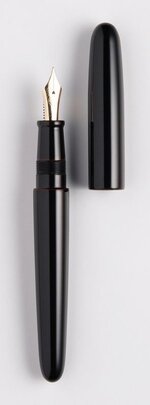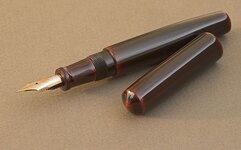spindlecraft
Member
Friends,
I find myself struggling to add space behind the body's threads where it will work with a cap. (see attached images)
Naturally, it's not difficult for me to simply turn down extra material behind the threads, but when I go to put the cap on, the cap wants to stop twisting as it reaches the end of the threads.
My initial inclination was to turn the material behind the threads down to a slightly smaller diameter, almost like a relief cut - however that doesnt seem to be doing the trick - nor do the attached images look like they take that approach.
So - I am left wondering if it has something to do with how I drill the cap. Do I need to drill a wider hole into the cap, at a matching depth of the space behind the threads?
Any thoughts, ideas or suggestions would be greatly appreciated!
I find myself struggling to add space behind the body's threads where it will work with a cap. (see attached images)
Naturally, it's not difficult for me to simply turn down extra material behind the threads, but when I go to put the cap on, the cap wants to stop twisting as it reaches the end of the threads.
My initial inclination was to turn the material behind the threads down to a slightly smaller diameter, almost like a relief cut - however that doesnt seem to be doing the trick - nor do the attached images look like they take that approach.
So - I am left wondering if it has something to do with how I drill the cap. Do I need to drill a wider hole into the cap, at a matching depth of the space behind the threads?
Any thoughts, ideas or suggestions would be greatly appreciated!


